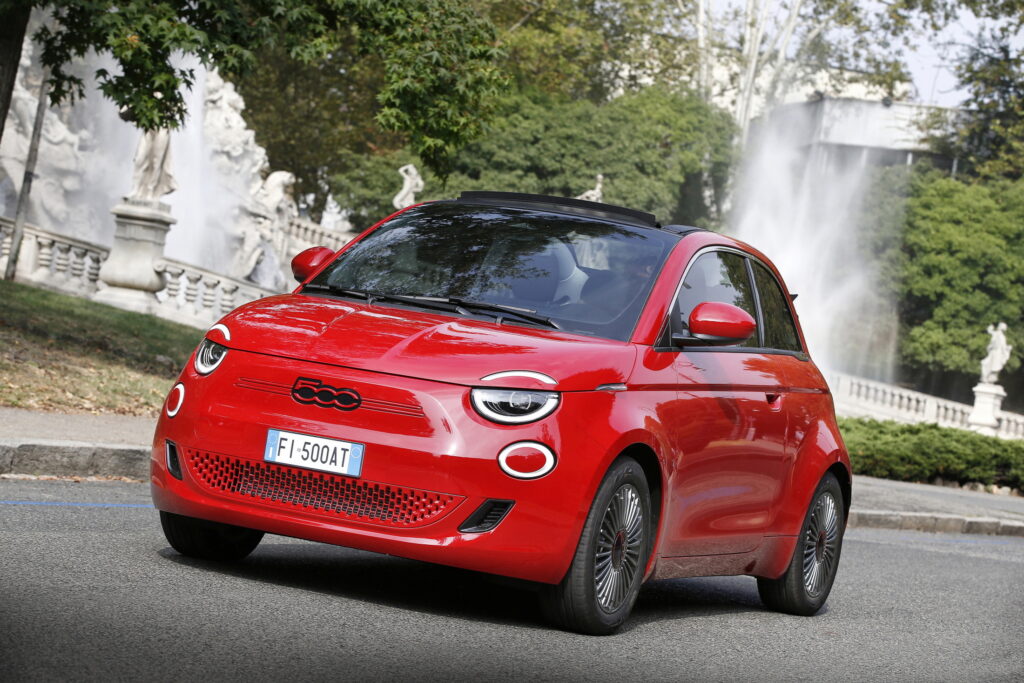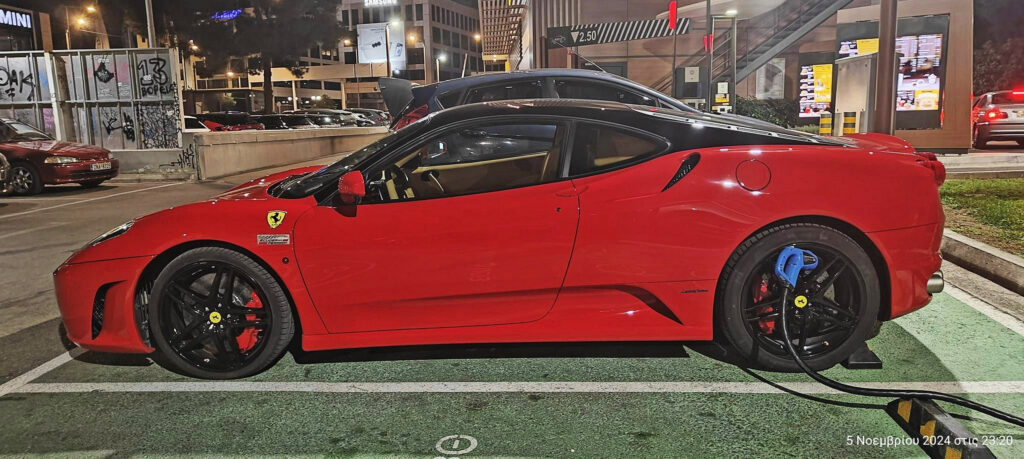Colorado Shoppers Can Drive Away In A New Fiat 500e For Just $62 Per Month
- The lease is technically free but includes $1,297.68 in taxes and caps mileage at 10,000 per year.
- Lessees have the option to buy out the 500e at the end for $17,388.
- Fiat recently confirmed that it has extended its production pause of the EV in Italy.
A couple of weeks ago, we brought you the story of a Nissan dealer in Colorado that was offering $5 leases on 2025 Leaf models. Not to be outdone, Larry H. Miller Chrysler Dodge Ram Fiat in Denver, Colorado, is offering a $0/month lease on the 2024 Fiat 500e. Now, before you get too excited about having the opportunity to drive away in a chic EV for free, some taxes need to be paid.
The dealership’s Fiat 500e deal is a 27-month lease and does not require any downpayment. However, $1,297.68 in taxes needs to be paid at delivery, and at the end of the lease, there is a $395 disposition fee. Add those two figures together, and you get $1,692.68, which works out to be just the equivalent of $62.66 each month.
Read: Stellantis Extends Fiat 500e And Maserati Production Halt Again By Two More Weeks As Sales Struggle
It’s also worth noting that the lease is limited to 10,000 miles per year. Any excess mileage will be charged at 30 cents per mile. If, at the end of the lease, you want to keep the keys to the 500e, there’ll be a $17,388.45 payoff.
This deal is quite the bargain and has equivalent monthly payments of less than half the $127.91 available for the recent Nissan Leaf leasing deal. It’s unclear how many Fiat 500e the dealer has available, but it’s likely initiated this deal to help clear some inventory.

It’s no secret that the Fiat 500e has been a slow seller, and the brand appears to be having a particularly hard time selling it in the United States. While numerous ‘special edition’ models have been rolled out in the US, they are not selling either, and Fiat has repeatedly paused EV production in Italy. Just a few days ago, it extended a production halt yet again, meaning no new ones will be produced until at least January 20, 2025.
Despite all of this, the 500e could serve as a good city runabout for anyone living in Colorado, particularly given that it’s now so incredibly cheap to lease. All standard examples have a 42 kWh battery with 117 hp and 162 lb-ft (219 Nm) of torque, giving the car up to 149 miles (240 km) of range.















